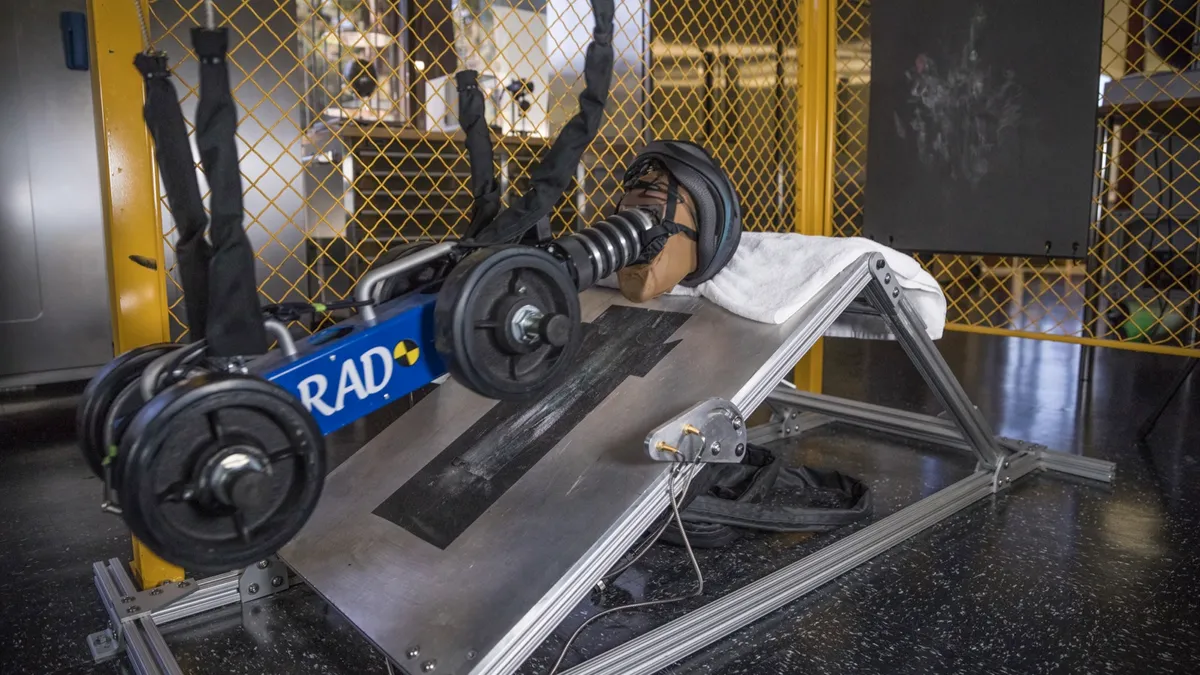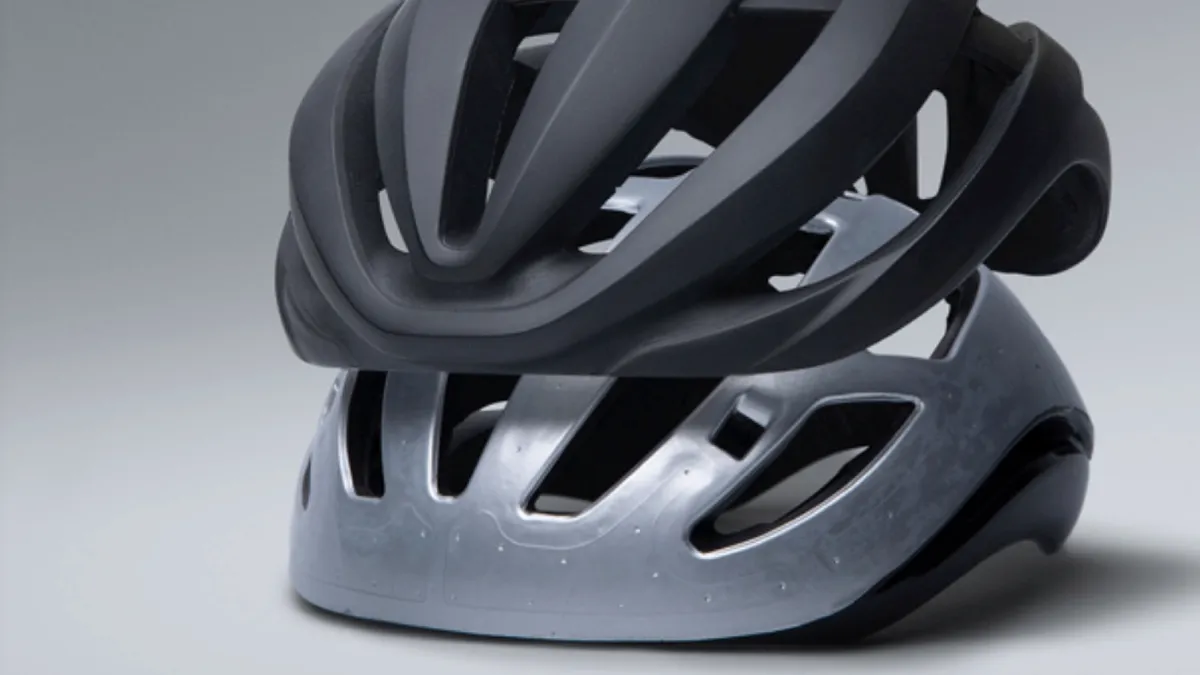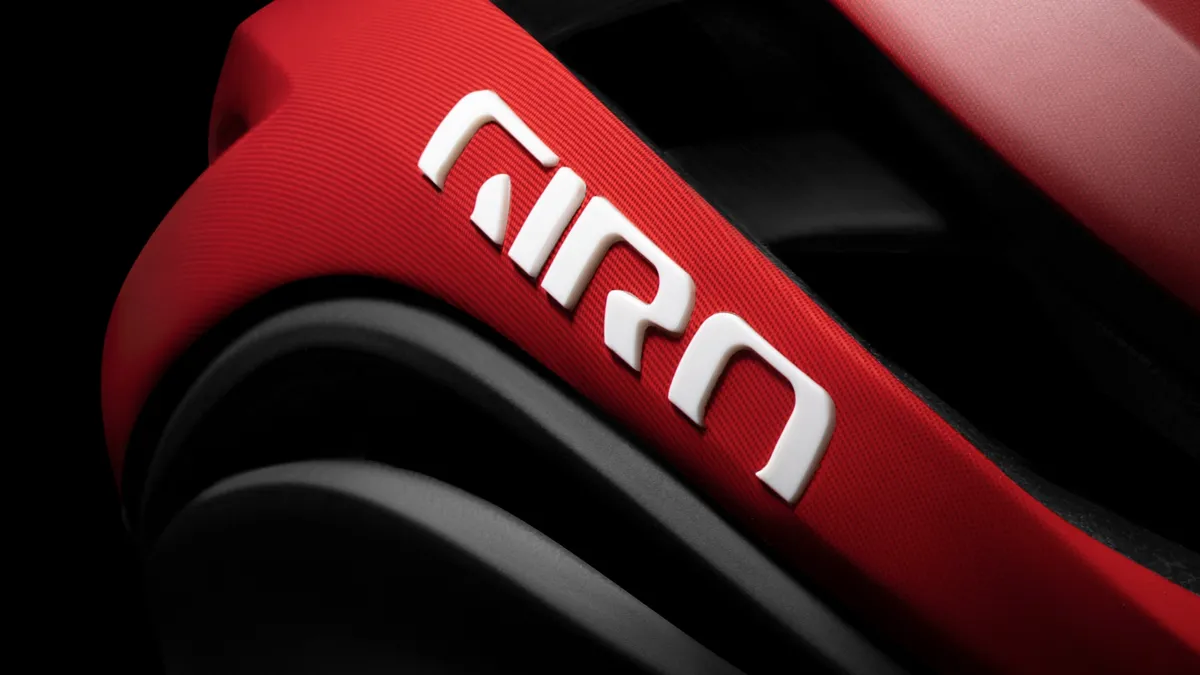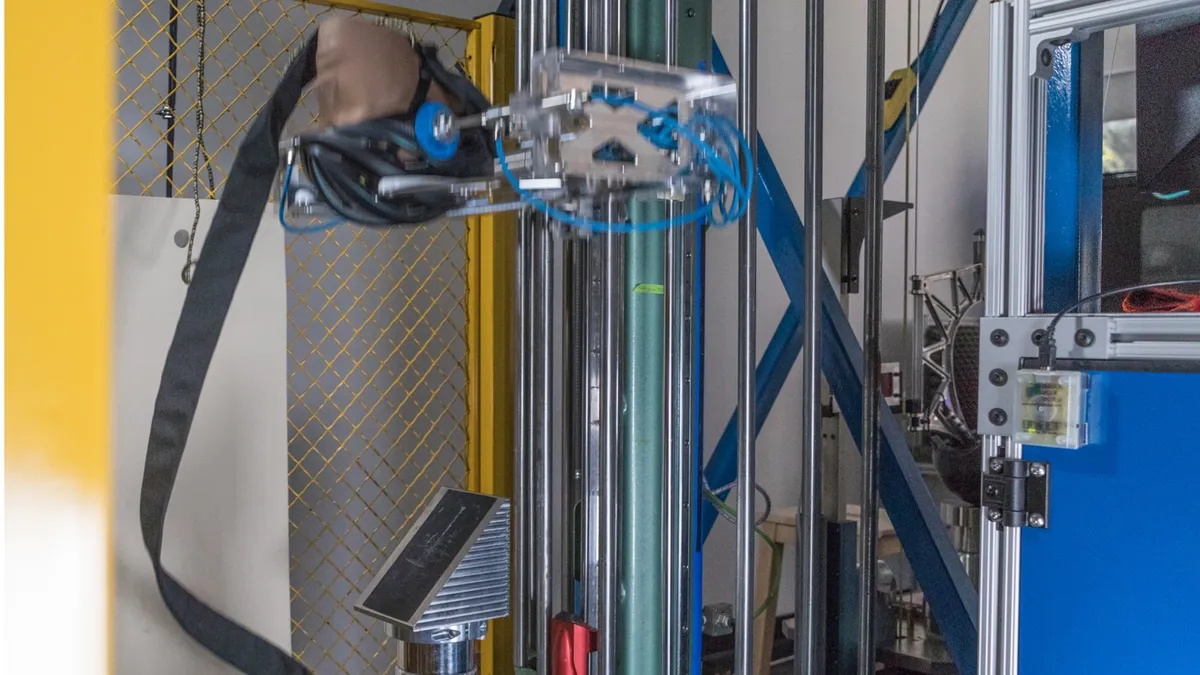In a first for cycling, Giro has created a road helmet with a pivoting two-piece shell that acts as a MIPS component. The Giro Aether uses what the company calls MIPS Spherical, which it first used in a ski-race helmet.
The design lets Giro offer the benefits of MIPS — reducing rotational strain on the brain — without some of the negatives sometimes associated with it, such as compromises in a helmet's fit or ventilation.
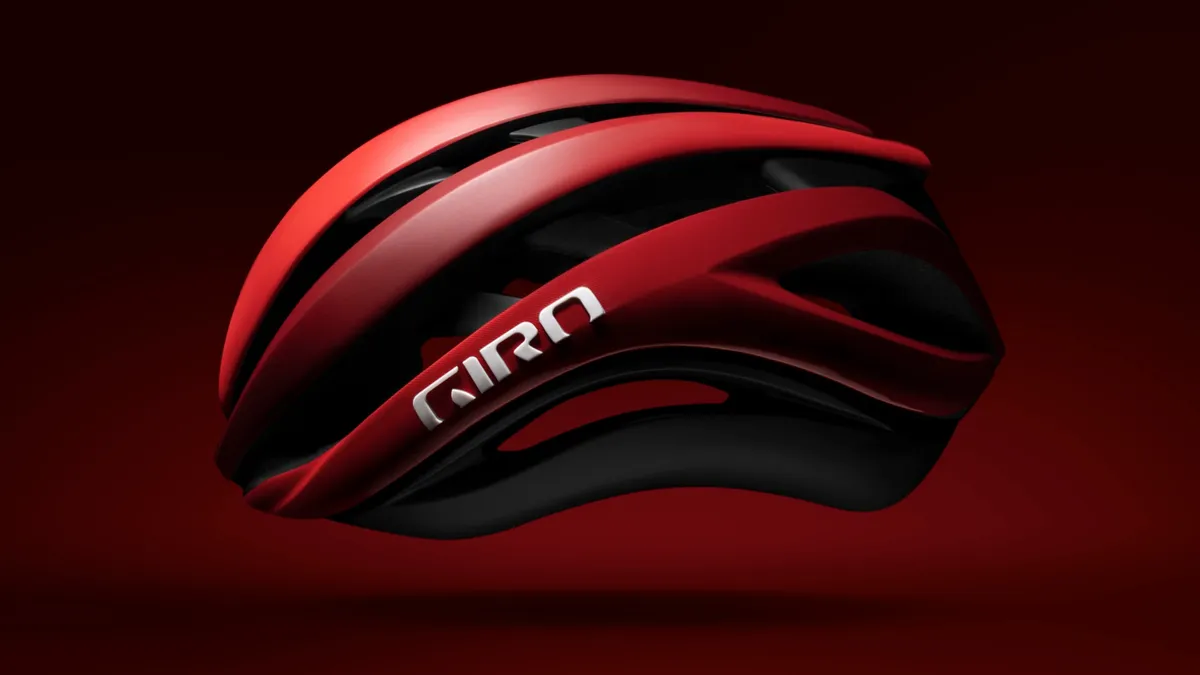
MIPS Spherical and the Giro Aether
MIPS Spherical was developed by Giro in partnership with MIPS. Like all MIPS designs, the concept is to allow the head to move slightly inside the helmet in the event of a crash to reduce rotational impact on the brain. But instead of a liner attached to the inside of a helmet shell, MIPS Spherical uses one foam shell inside another. Giro first used this in the Avance MIPS.
The Aether MIPS has a six-piece shell and a semi-transparent skeletal structure that Giro calls AURA.
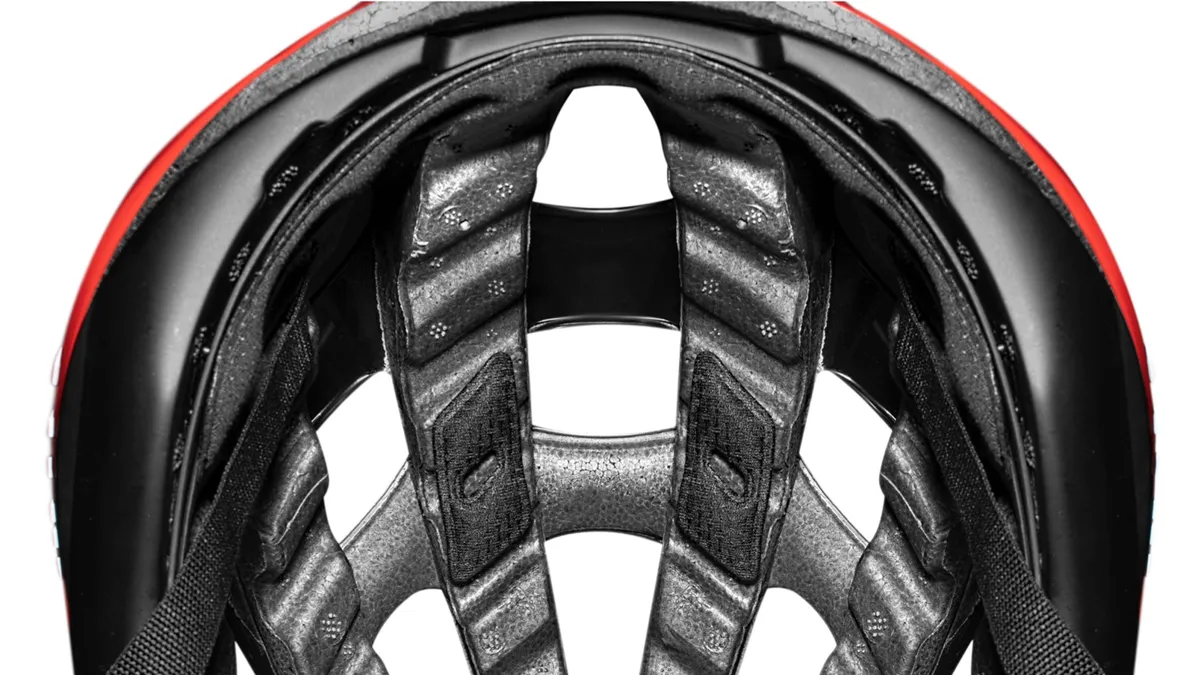
Giro claims the ventilation is better than its Synthe MIPS — 2°F cooler when riding, according to its tests using a heated headform inside its in-house wind tunnel.
Regarding aerodynamics, Giro is still testing that, but marketing manager Dain Zaffke said the initial tests "looked very promising".
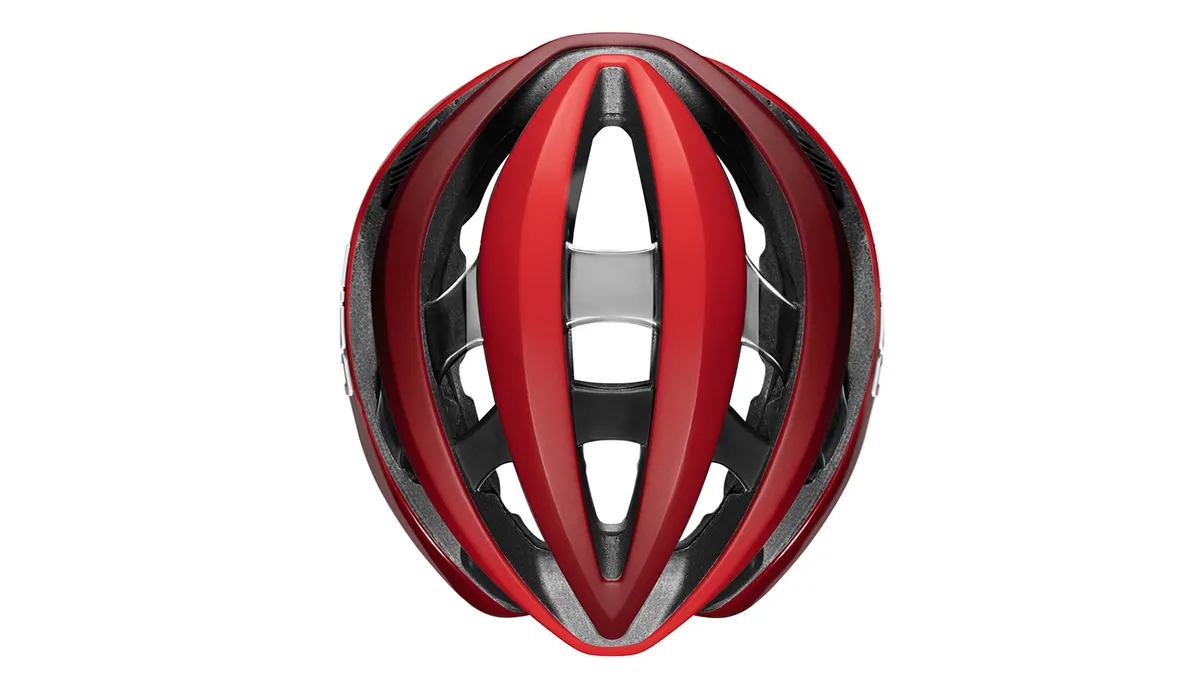
Giro's Roc Loc 5+ Air controls fit, with three vertical settings, a dial circumference adjustment and rear width adjustment.
Europe and North America will have slightly different models, based on the respective CE and CPSC requirements. Weight for a medium CE helmet is roughly 240g and a CPSC medium will be about 250g, Giro claims.
Nine styles will be available in August for £260 / $325 / €299 / AU$429.
